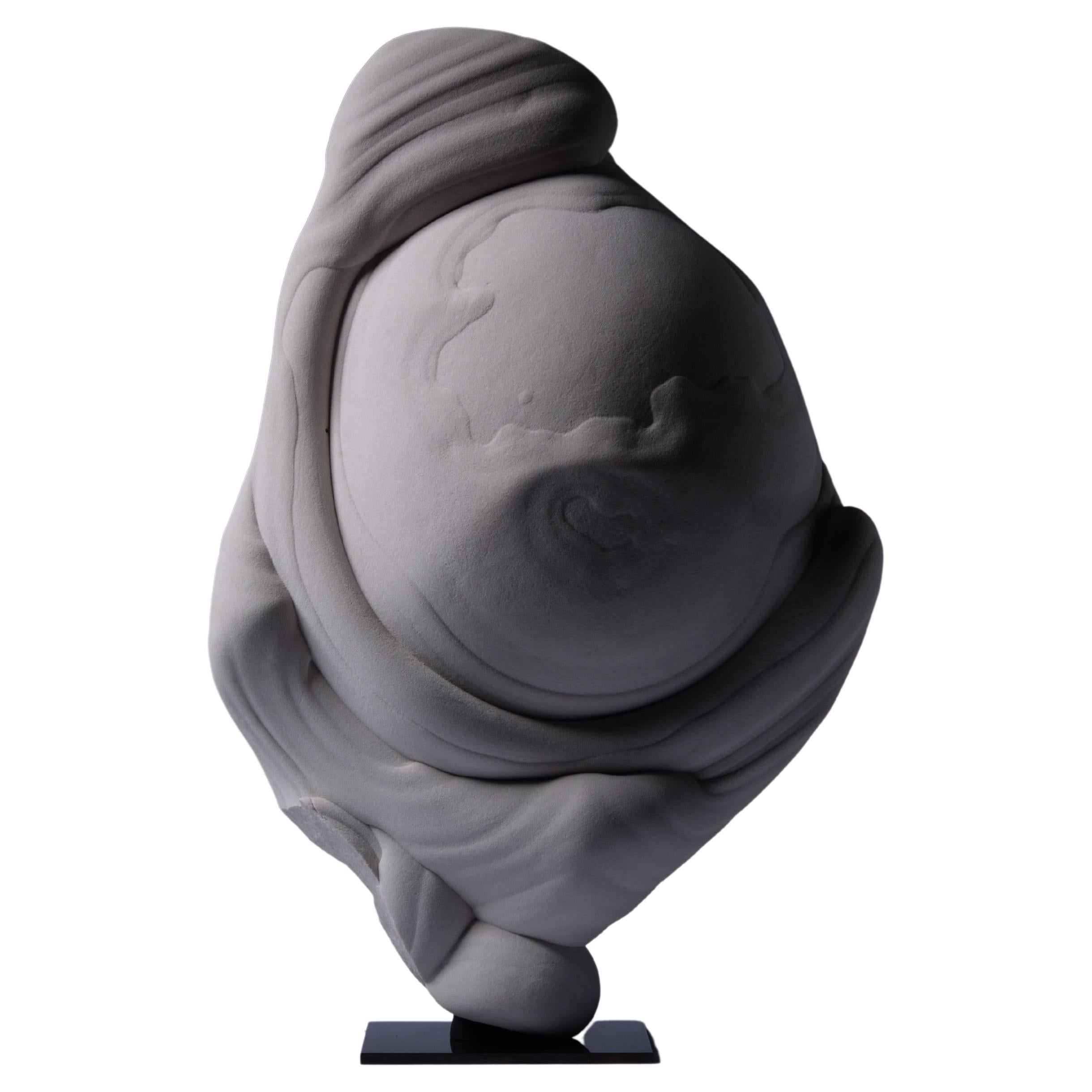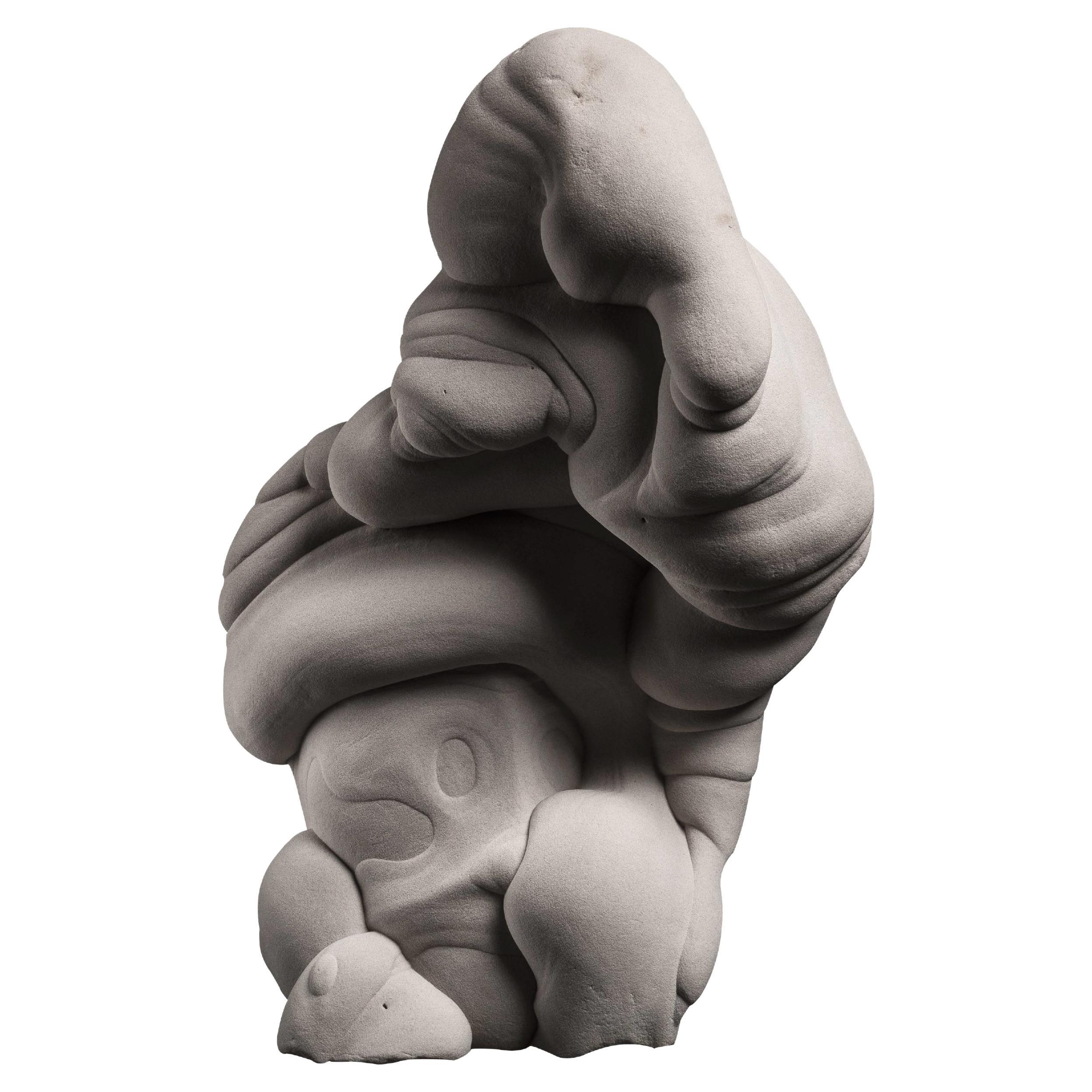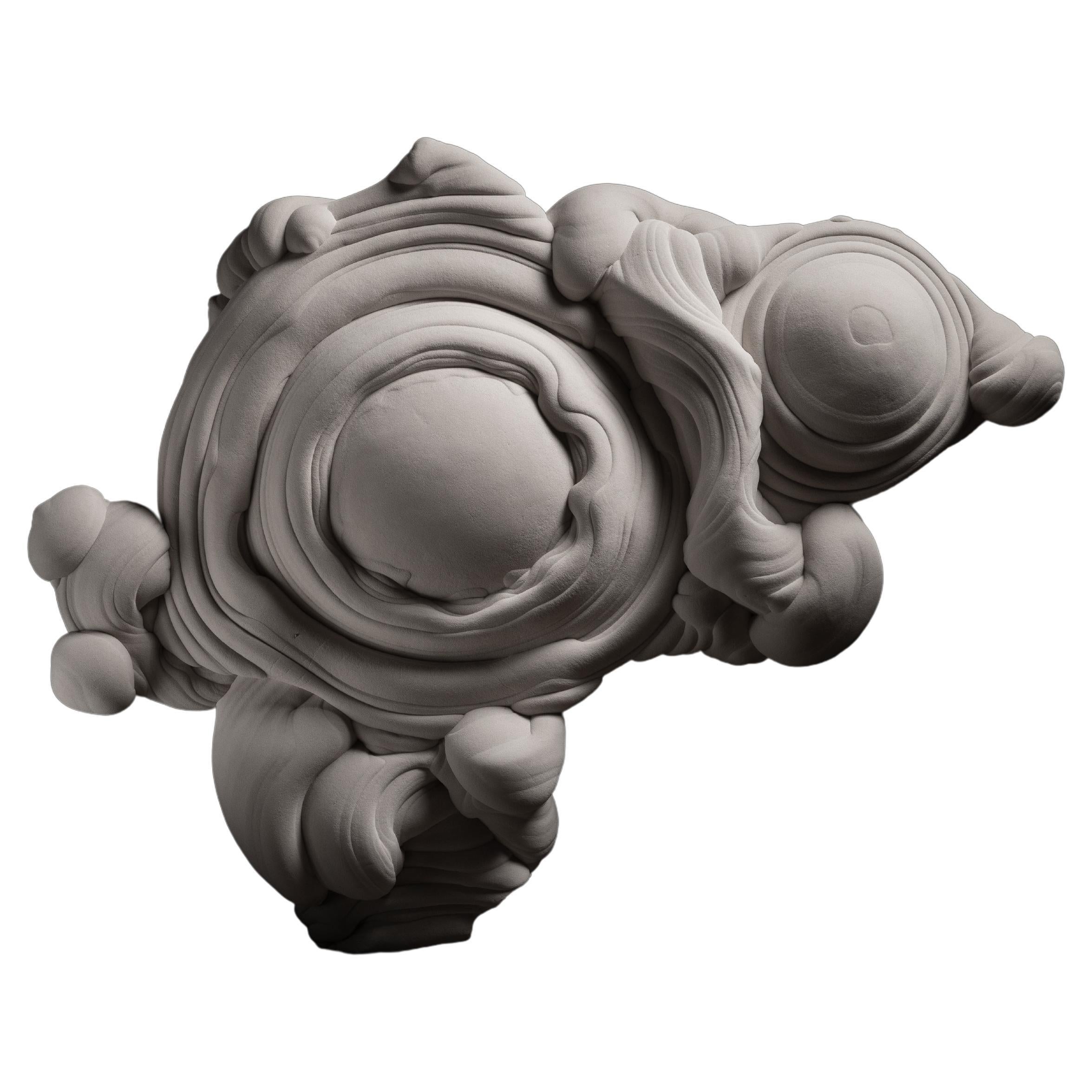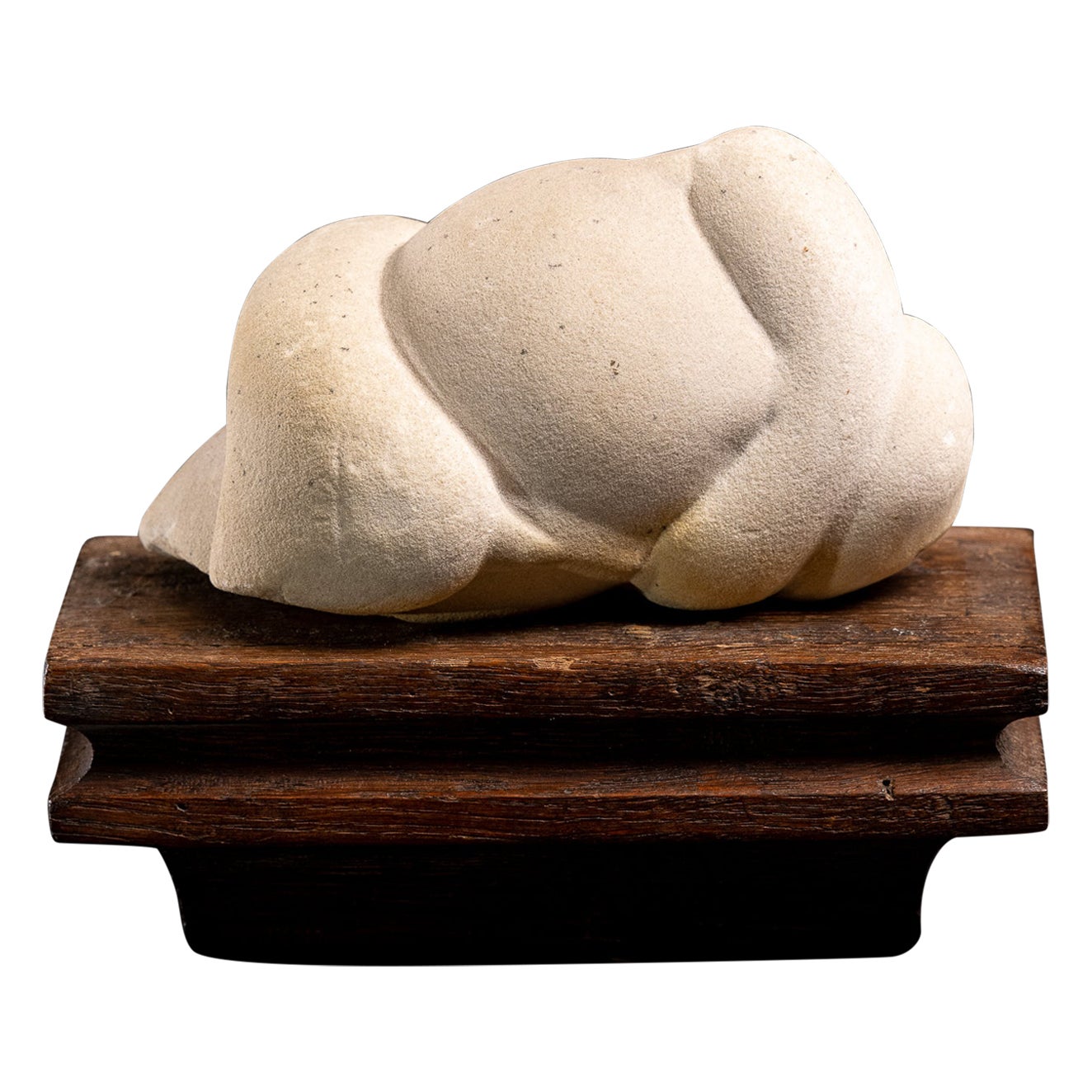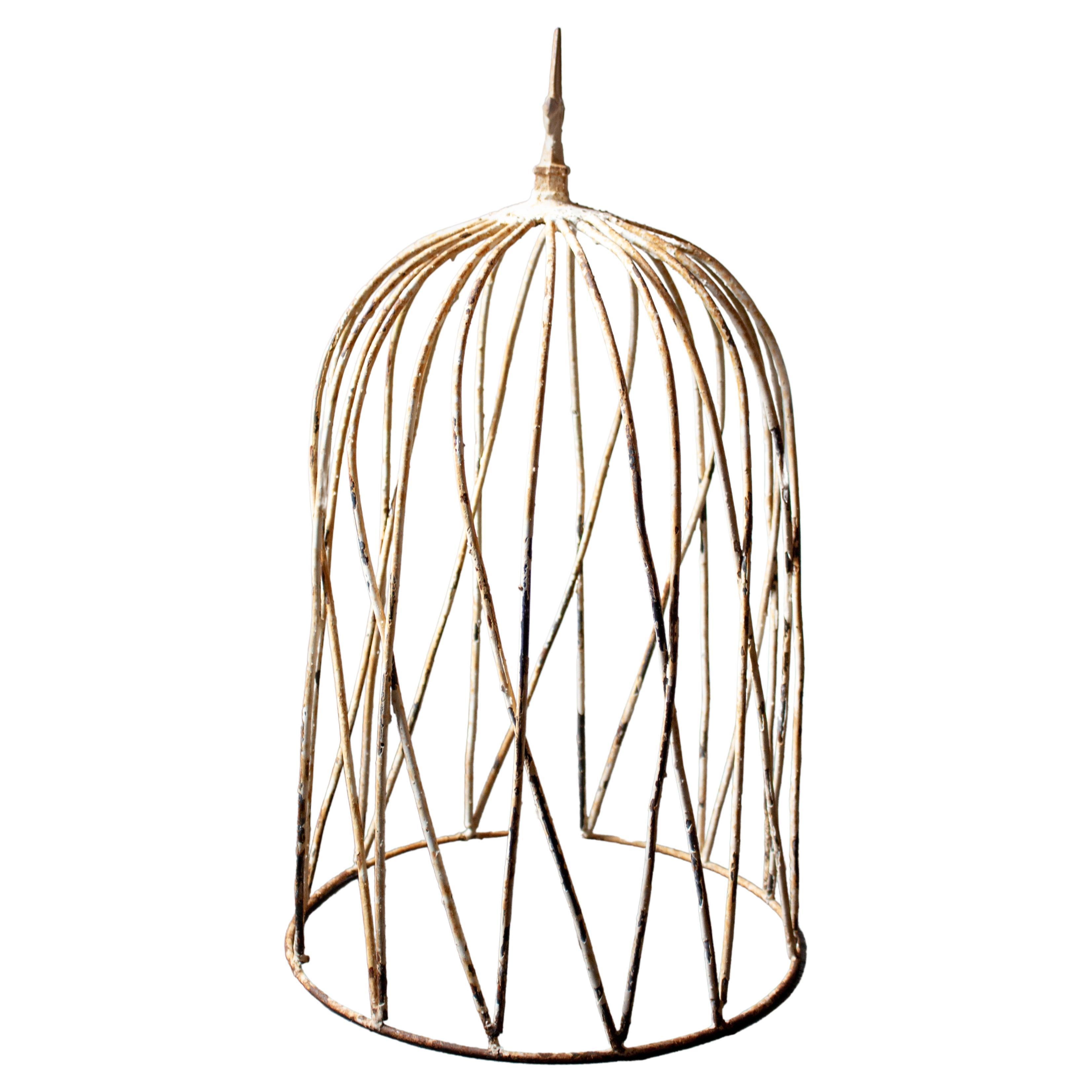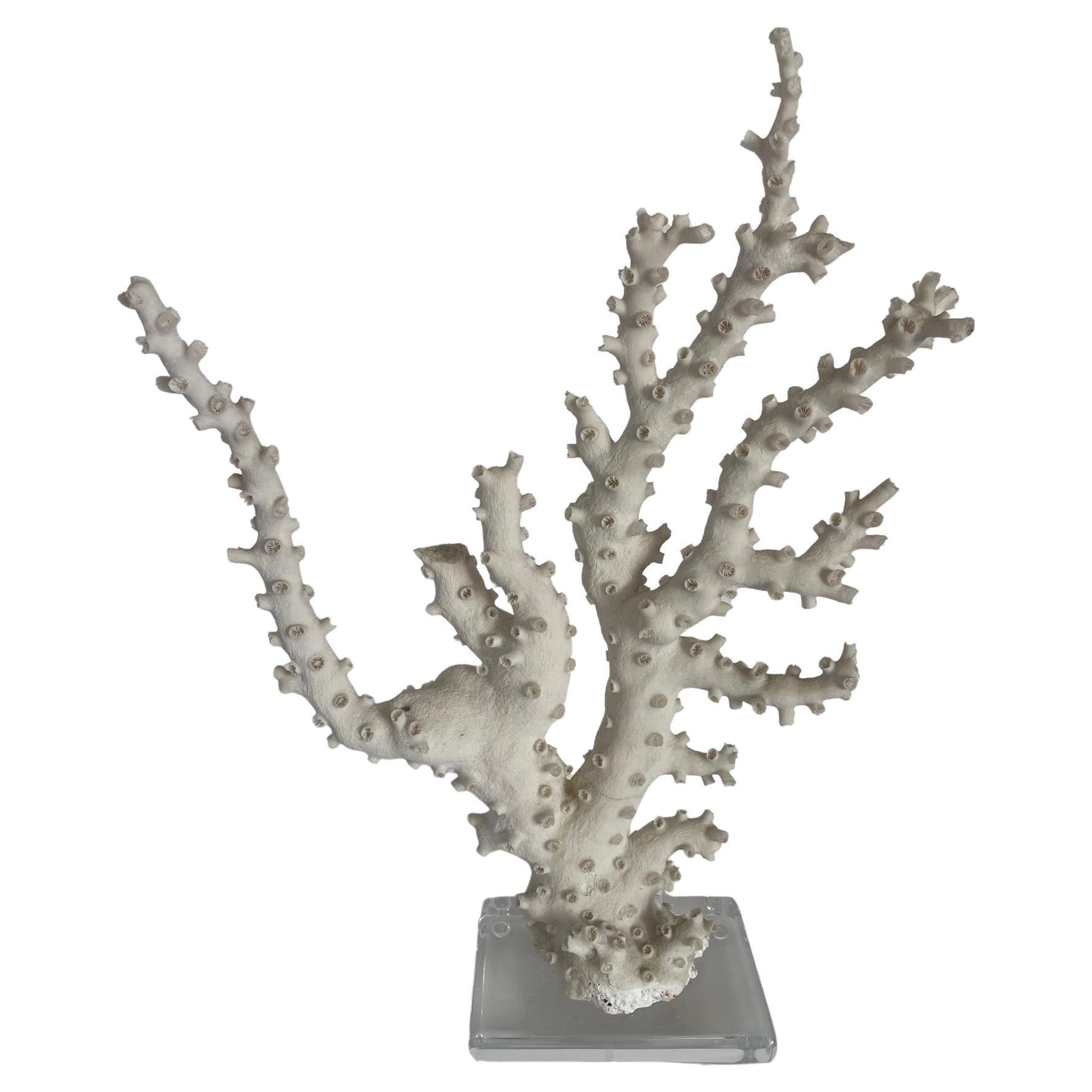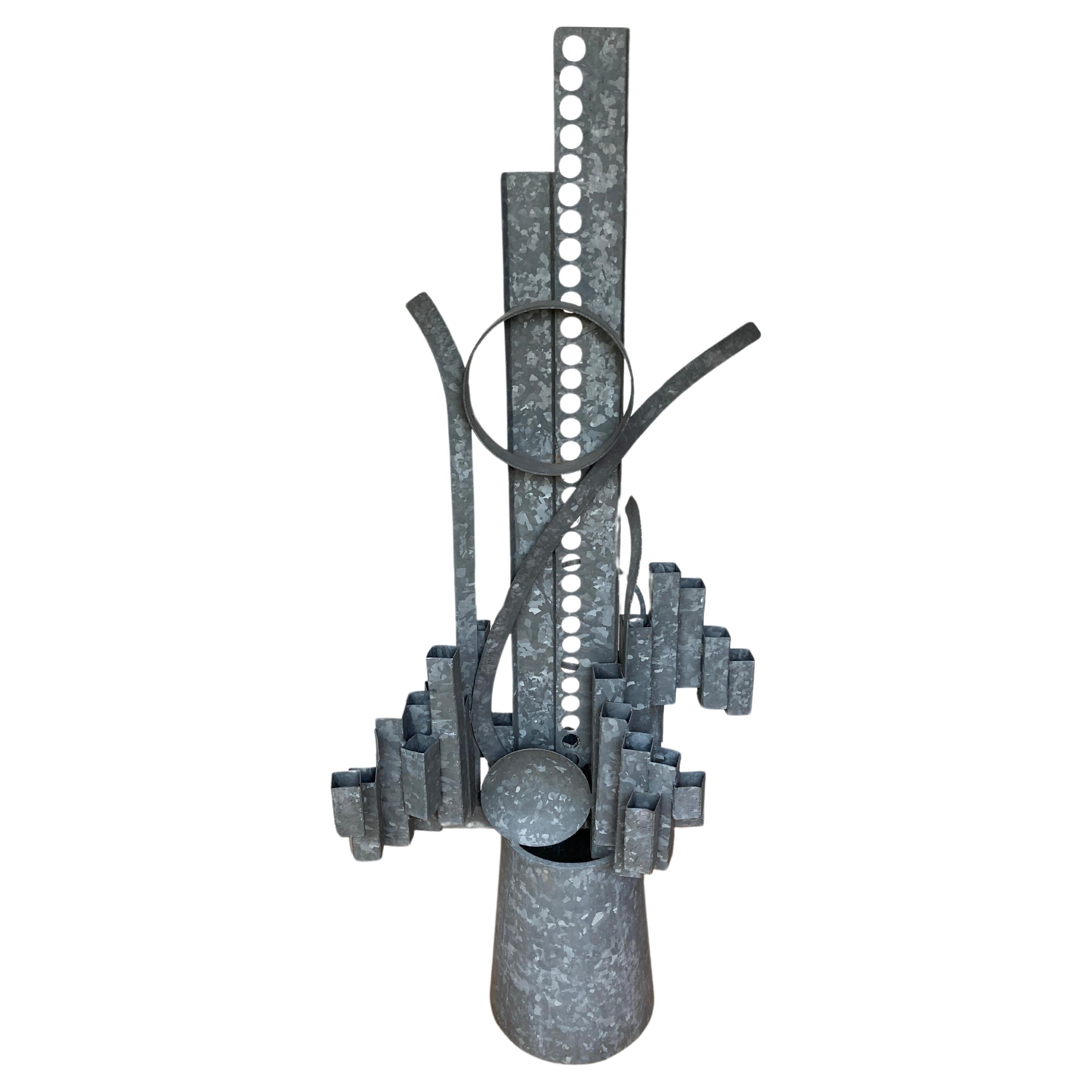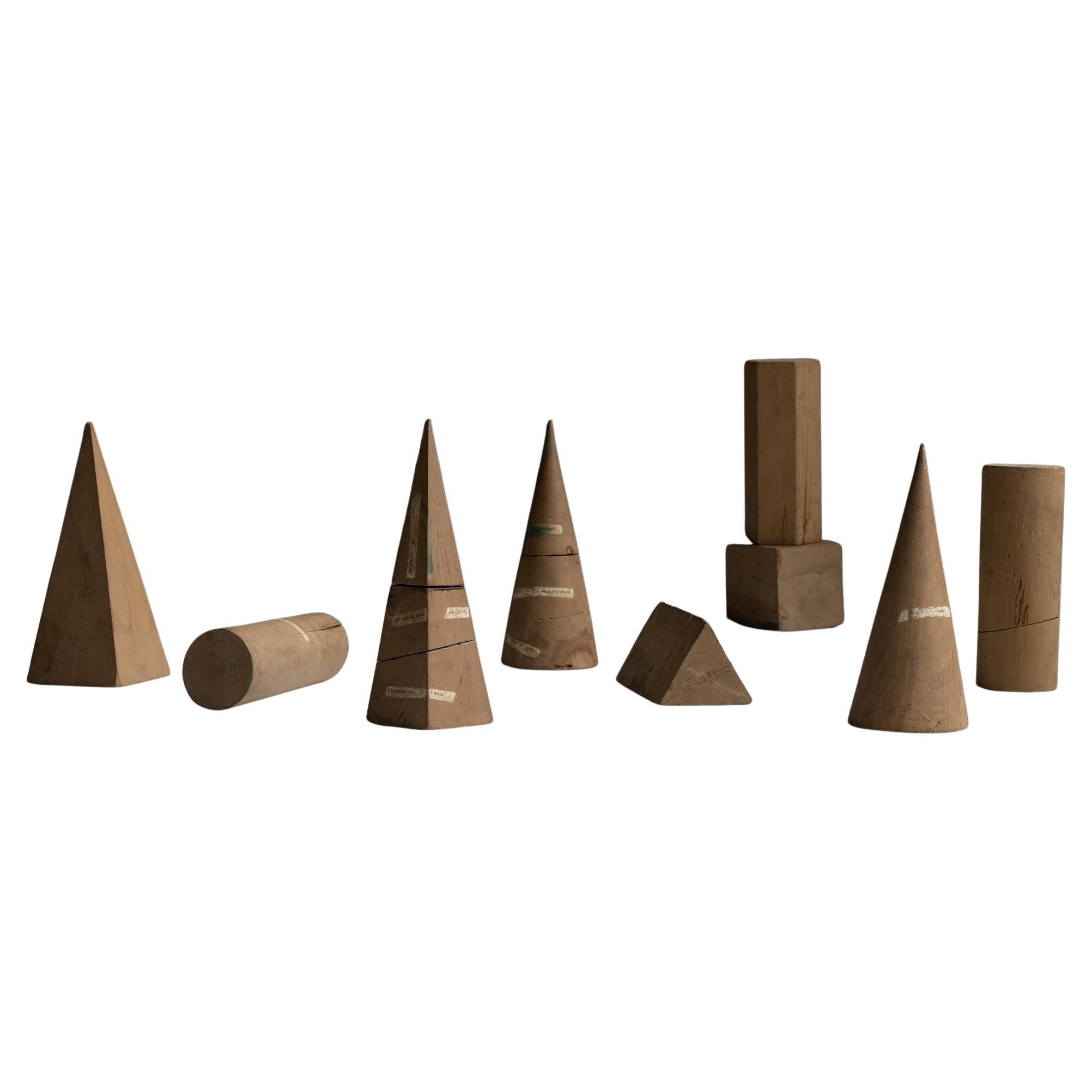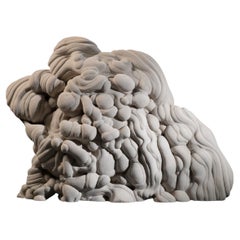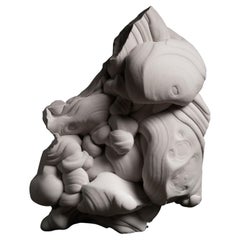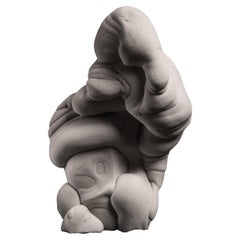
Tall Gogotte
View Similar Items
Want more images or videos?
Request additional images or videos from the seller
1 of 5
Tall Gogotte
About the Item
- Dimensions:Height: 37.6 in (95.5 cm)Width: 30.71 in (78 cm)Depth: 12.21 in (31 cm)
- Materials and Techniques:
- Place of Origin:
- Period:
- Date of Manufacture:Oligocene (30 Million Years Ago), Fontainebleau, France
- Condition:Wear consistent with age and use. Intact fragment in excellent condition. With some surface abrasions as expected.
- Seller Location:London, GB
- Reference Number:1stDibs: LU5517232895632
About the Seller
5.0
Vetted Seller
These experienced sellers undergo a comprehensive evaluation by our team of in-house experts.
Established in 1910
1stDibs seller since 2020
More From This SellerView All
- Large GogottteLocated in London, GBA rare Gogotte formation – a millions-of-years old naturally shaped sandstone concretion, consisting of tiny quartz fragments held together by cal...Category
Antique 15th Century and Earlier French Natural Specimens
MaterialsQuartz
$123,145 - Edmontosaurus SkullLocated in London, GBAn impressive skull of an Edmontosaurus, a large herbivorous dinosaur that lived during the Late Cretaceous period, 68-66 million years ago. The three rows of sixty or more teeth on either side of the jaw, known as the ‘dental battery’, mark the Edmontosaurus as part of the Hadrosauridae, or duckbill family of dinosaurs. It belongs to the flat-skulled, or solid-crested, Hadrosaurinae, which replaced the older hollow-crested hadrosaurs. Edmontosaurus was one of the last non-avian dinosaurs to ever exist, living shortly before the Cretaceous-Paleogene extinction event. The Edmontosaurus was named in 1917 by Lawrence Lambe, after a partial specimen from Edmonton in Alberta, Canada. The existence of large Edmontosaur bone beds...Category
Antique 15th Century and Earlier American Natural Specimens
MaterialsBone
$136,686 - Half Triceratops SkullLocated in London, GBA partial skull of a fully grown Triceratops prorsus from the Maastrichtian, late Cretaceous period (68-65 million years ago). It is in three parts, and has an impressively sized nas...Category
Antique 15th Century and Earlier American Natural Specimens
MaterialsBone
$183,633 - Epitaph for Quirinia FeliciaLocated in London, GBA rectangular marble slab carved with the Latin inscription ‘QVIRINIAE C(retr.) L / FELICLAE / OLLAM DAT / C VALERIVS PYLODAMVS’, which translates as ‘Gaius Valerius Pylodamus gave t...Category
Antique 15th Century and Earlier European Classical Roman Antiquities
MaterialsBronze
$50,459 - Anglo-Saxon Hanging BowlLocated in London, GBA very rare and near-complete copper-alloy hanging bowl and associated fittings. Crafted from a single sheet of bronze, the body of the bowl is curved, with a slightly recessed lip. ...Category
Antique 15th Century and Earlier English Antiquities
MaterialsBronze
$102,140 - Bronze HoardLocated in London, GBDagger L: 27.8 cm, Luniform bronze, possibly a belt buckle L: 10.8 cm, Shield-shaped bronze with a point Diam: 6.5 cm, Pommel Diam: 3.7 cm, Violin-bow brooch L: 17.5 cm, P-Shape...Category
Antique 15th Century and Earlier European Classical Roman Antiquities
MaterialsBronze
Price Upon Request
You May Also Like
- Gogotte FormationLocated in London, GBGogotte formation circa 30 Million y/o Measures : 42 x 21 x 63 cm. A magnificent example of a gogotte formation, composed of thick swirls and fo...Category
Antique 15th Century and Earlier French Natural Specimens
MaterialsSandstone
- Natural Gogotte FormationLocated in London, GBA magnificent example of a gogotte formation composed of thick swirls and folds of sparkling sandstone. Discovered in the Oligocene sand dunes of Fontainebleau, France, formed circa 30 million years before present or later. The incredible, almost otherworldly appearance of gogottes may easily be mistaken for the work of a most talented artist. In fact, these sandstone sculptures are entirely natural in origin. They have been found in multiple locations but those from Fontainebleau, such as the present example, are the most remarkable. Thirty-five million years ago, a sea covered what is now the forest of Fontainebleau, and dunes of exceptionally fine and homogenous sand formed. As silica-rich water filtered through this sand, it turned into stone. The flow of water finely modelled the sandstone into the aesthetic concretions we now know as gogottes. These are rare and are only found sporadically several metres deep into the ground. They owe their sparkling white appearance to the extreme and unmatched purity of the Fontainebleau sand, sometimes reaching a composition of 99.9% silica. Each of them is unique – a masterpiece slowly fashioned by the hands of Nature. The intriguing name of “gogotte” was coined by French geologist Claude Guillemin (1923- 1994), who was inspired by the children’s book series Babar the Elephant. In one of the books, a group of monsters called Gogottes are shown hiding behind rocks. These rocks reminded Guillemin of the sandstone concretions...Category
Antique 15th Century and Earlier Natural Specimens
MaterialsOther
- Natural Gogotte FormationLocated in London, GBA magnificent example of a gogotte formation composed of thick swirls and folds of sparkling sandstone. Discovered in the Oligocene sand dunes of Fon...Category
Antique 15th Century and Earlier Natural Specimens
MaterialsSandstone
- Natural Gogotte FormationLocated in London, GB'Louis XIV' Gogotte Formation Measures: circa 30 Million y/o 105 x 76 x 15 cm A magnificent example of a gogotte formation, nicknamed Louis XIV, composed of thick swirls and folds of sparkling sandstone. Discovered in the Oligocene sand dunes of Fontainebleau, France, formed circa 30 million years before present or later. The incredible, almost otherworldly appearance of gogottes may easily be mistaken for the work of a most talented artist. In fact, these sandstone sculptures are entirely natural in origin. They have been found in multiple locations but those from Fontainebleau, such as the present example, are the most remarkable. Thirty-five million years ago, a sea covered what is now the forest of Fontainebleau, and dunes of exceptionally fine and homogenous sand formed. As silica-rich water filtered through this sand, it turned into stone. The flow of water finely modelled the sandstone into the forms we now know as gogottes. These are rare and are only found sporadically, several metres buried underground. They owe their sparkling white appearance to the extreme and unmatched purity of the Fontainebleau sand, sometimes reaching a composition of 99.9% silica. Each of them is unique – a masterpiece slowly fashioned by the hands of Nature. The name “gogotte” was coined by French geologist Claude Guillemin (1923- 1994), inspired by the children’s book series Babar the Elephant...Category
Antique 15th Century and Earlier French Natural Specimens
MaterialsSandstone
- Large Natural Gogotte FormationLocated in Pease pottage, West SussexA Gogotte Formation Of natural form, dating from the Oligocene period (30 Million years ago). Beguiling natural mineral formation, they are the result of calcium carbonate binding w...Category
Antique 15th Century and Earlier French Natural Specimens
MaterialsStone
- Small Gogotte De Fontainenbleue, Natural Mineral SculptureLocated in Leuven , BEA nice example of a gogotte formation composed of thick swirls and folds of sparkling sandstone. Discovered in the Oligocene sand dunes of Fontainebleau, France, formed circa 30 mill...Category
Antique 15th Century and Earlier French Natural Specimens
MaterialsSandstone
Recently Viewed
View AllMore Ways To Browse
Antique Fluid
Sun King
Jean Tall
Antique French Watering Can
Versailles Louis Xiv France
Versaille Gardens
Louis The 15th
Jean Arp Sculptures
Versaille Porcelain
Versailles Porcelain
Garden Of Versailles
Louis 15th Furniture
Louis 15th
Garden Sculpture In Concrete
Louis Sun King
The Gardens Of Versailles
Water Fountain Sculpture
Water Fountain Modern
